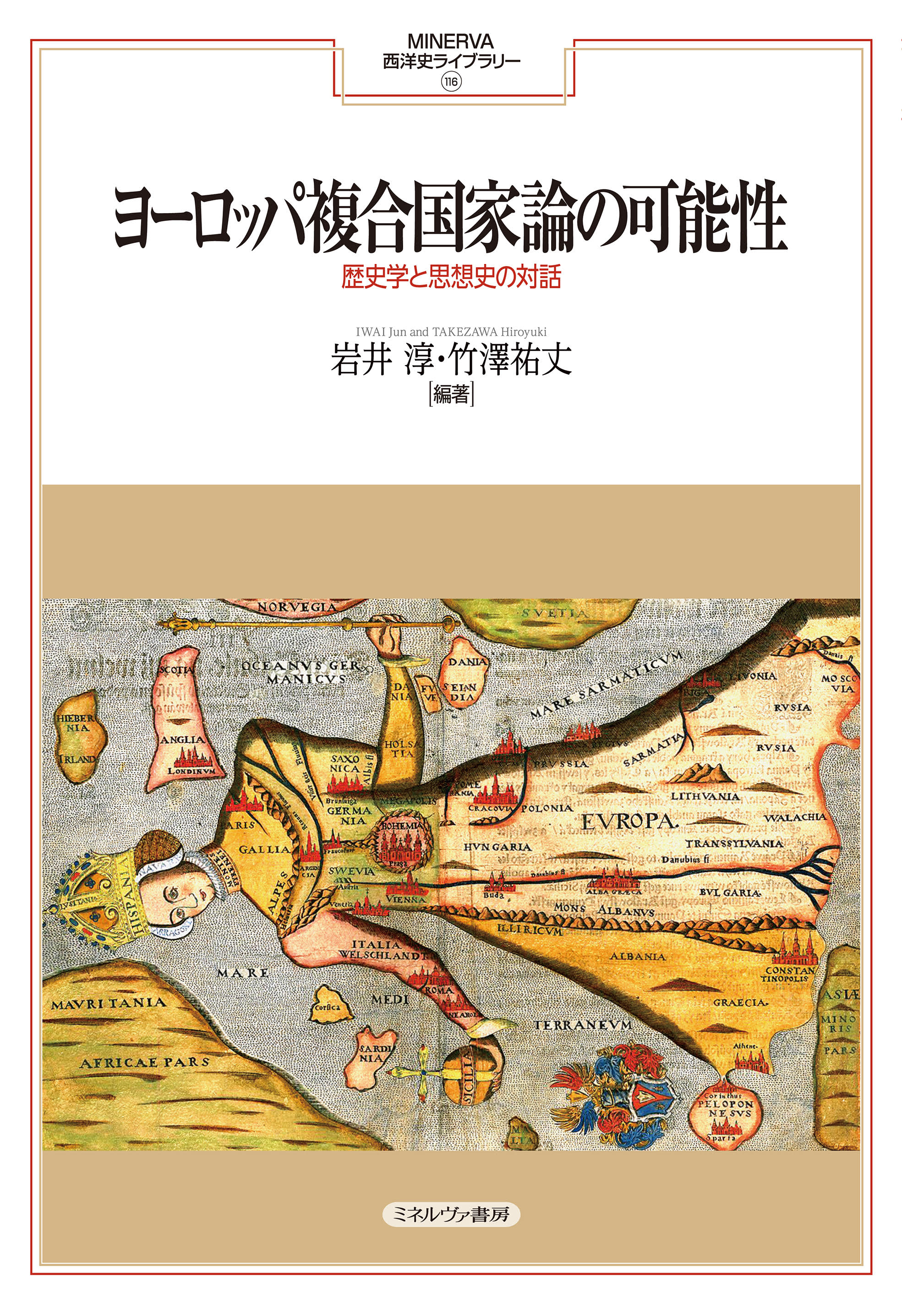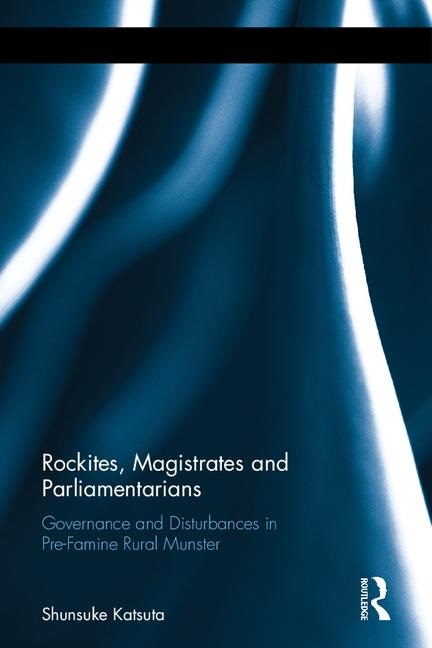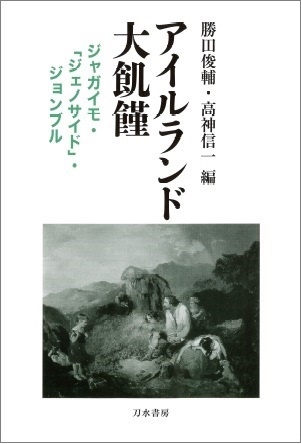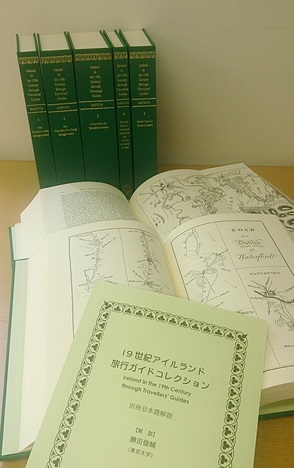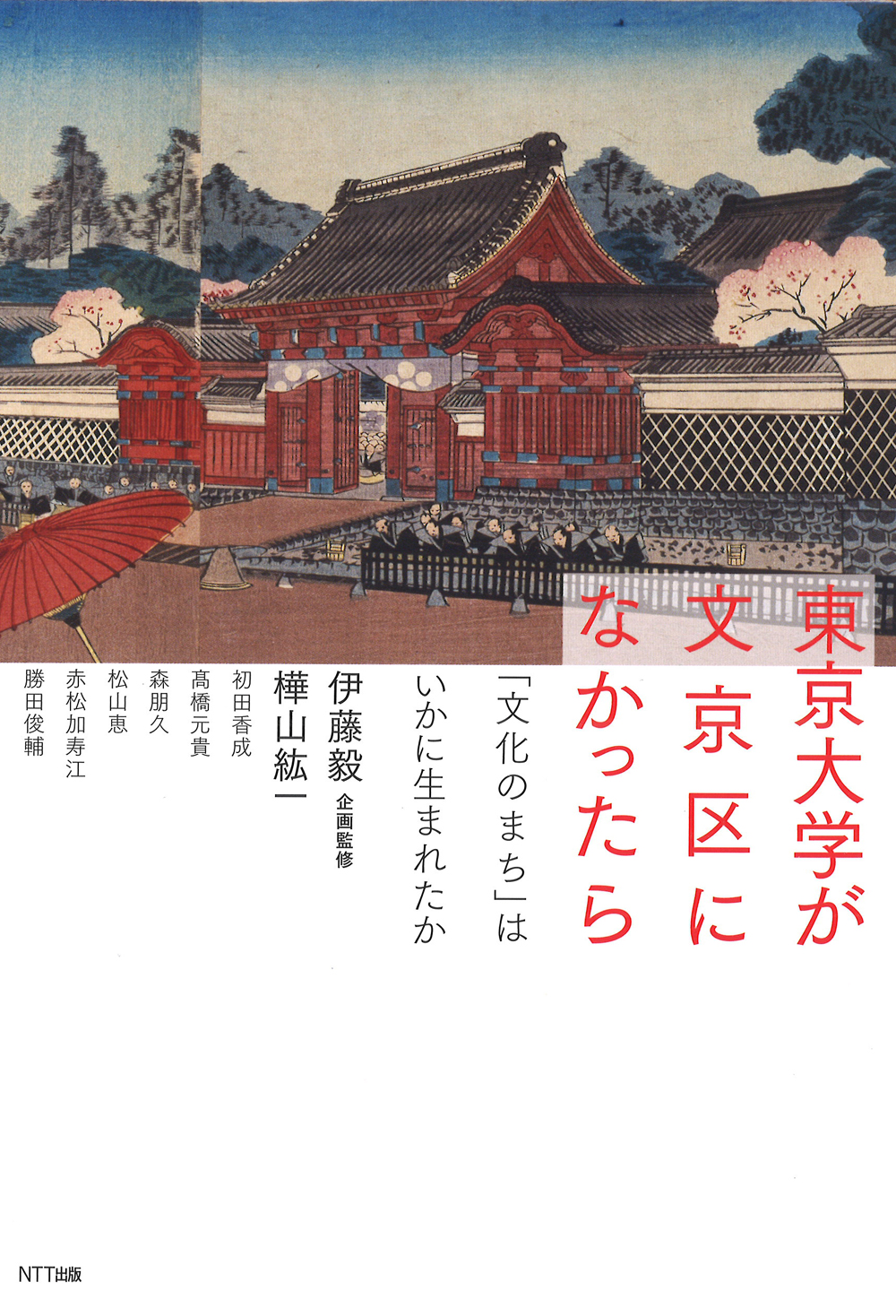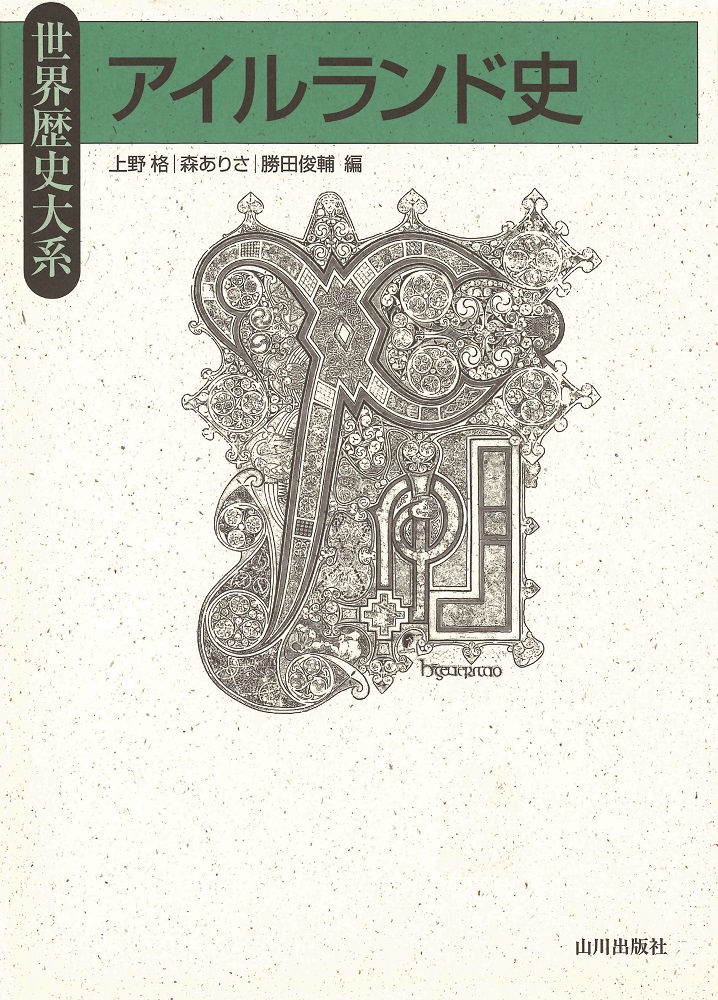
Title
Outline of World History Ireland-Shi (History of Ireland)
Size
504 pages, A5 format
Language
Japanese
Released
June, 2018
ISBN
978-4-634-46206-9
Published by
Yamakawa Shuppansha Ltd.,
Book Info
See Book Availability at Library
Japanese Page
The works that have earned an established reputation in Western historical study in Japan as the most detailed and reliable surveys are those in the series “Outline of World History” from Yamakawa Shuppansha. History of Ireland has recently been added to this series. It consists of 9 chapters and 18 supplementary essays by 14 writers and includes chronologies and maps. Thus the book provides a general survey of the history of Ireland, including the region known as Northern Ireland, covering the prehistoric period to the 21st century.
Most Japanese people’s image of Ireland is likely that of a country that suffered from poverty, nationalistic violence, and religious strife under many years of British colonial rule. However, a comprehensive history of Ireland does not allow for such a simplistic view. Ancient Ireland was exceptional in Western Europe in that it was never ruled by the Roman Empire, thus enabling it to develop its unique Gaelic culture. As the Christian faith centering around its monasteries flourished, it also became a leading Christian country in Europe.
The transition from ancient to medieval times in Ireland’s history is marked by the settlement and invasion of the Normans. This resulted in the Kings of England nominally asserting their governing authority over Ireland, but in fact, the settled Norman feudal lords strengthened independent trends as they blended their culture with that of the Gaelic people; this led to local powers remaining independent of the crown. The English court’s reconquest actualized its authority and raised the curtain on the early modern period of Irish history. Through this process, Ireland became the Kingdom of Ireland, aligning with the Kingdom of England under a single monarch. However, efforts to carry out the Religious Reformation failed, creating a society divided along religious lines with a minority Protestant population and a majority Catholic population. Later, massive migration from England and Scotland led to the influx of Protestants who seized Catholics’ land, resulting in an unprecedented social transformation in Europe at that time. Therefore, in early modern Ireland, Protestants played leading roles while economic prosperity developed the Irish capital of Dublin as the second capital city of the British Empire.
In Ireland during the French Revolution, a large-scale rebellion for the purpose of breaking the monarchical alliance was launched with the support of the Republic of France, but the rebellion was suppressed, and the Government of Great Britain established the United Kingdom to strengthen bonds between the two countries. Despite its transition to the modern period alongside the “workshop of the world,” many Irish people died or were forced to migrate as refugees following the potato famine, which was the most severe disaster to occur in 19th-century Europe. Many migrants continued to flee Ireland, resulting in Ireland being Europe’s only region to experience a notable decline in population between the start and end of that century. During the last half of the century, however, Ireland introduced a series of advanced reform measures, such as the separation of church and state and the establishment of land-owning farmers, which become the site of a type of social experiment.
Regardless of such policies, the government of the United Kingdom failed to resolve Ireland’s problems. The history of twentieth-century Ireland is a story of a war for independence and the violence of civil war ending with the Republic of Ireland joining the EC, while telling of the creation of political division as the north remained a self-governing region of the United Kingdom. At the same time, the Republic successfully developed a new identity by promoting policies to revive Catholic and Gaelic culture despite its continuing population decline. Northern Ireland has become a model for resolution of political conflict through its reconciliation and peace movements that accompanied gruesome political terror. In present day Northern and Southern Ireland, the population has begun to increase and the economies have recovered remarkably. They can now be described as a region of Western Europe in which people are safest from terrorism. This book clearly and minutely portrays how such diversity and change have characterized the history of Ireland.
(Written by KATSUTA Shunsuke, Professor, Graduate School of Humanities and Sociology / 2019)



 Find a book
Find a book


